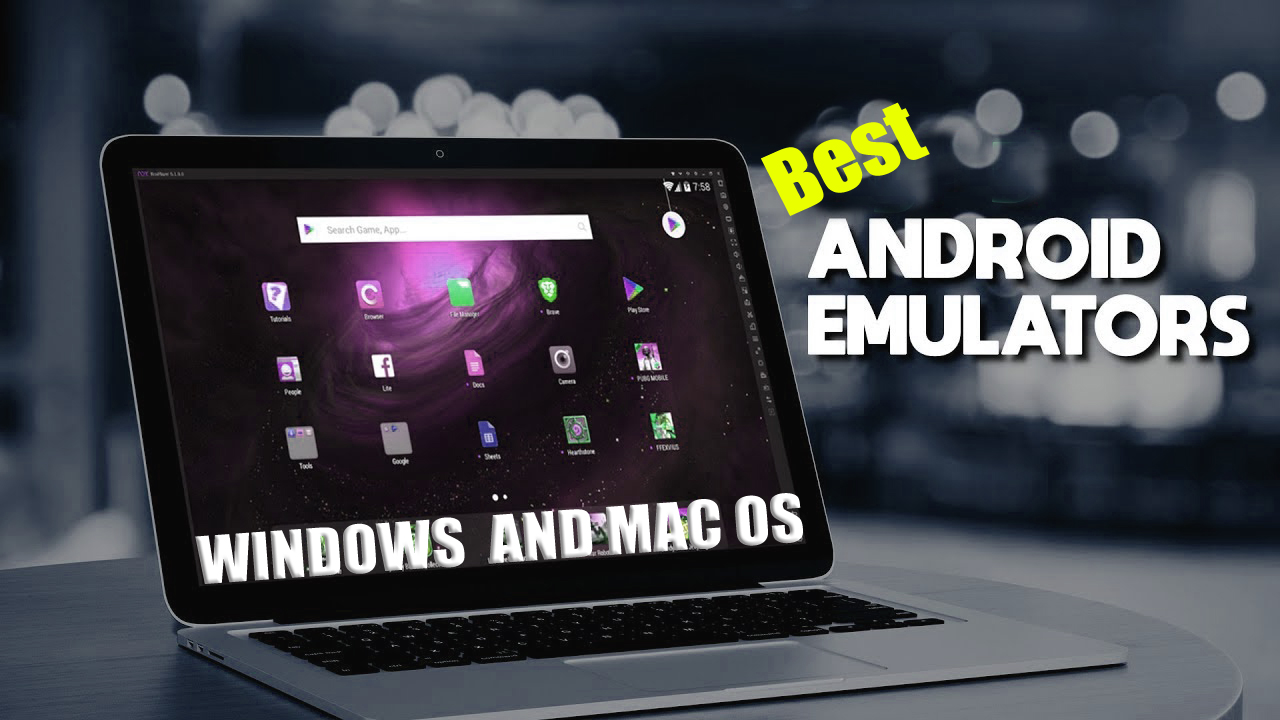I understood that it is very similar to android emulator but closer to a physical device on the OS Level. I'm trying to establish a bluetooth-connection between a virtual Android device and a physical bluetooth device. The Remix OS is based on Android-x86 and available to free download, it supports 32-bit & 64-bit systems and UEFI boot. The system requirements of Remix OS is a 2 GHz dual-core processor (at least), 2 GB system memory, and a minimum of 8 GB of free hard drive space. The last update of this Android OS for PC was based on Android Marshmallow.
Google Android Emulator Download
Being a fork of the popular Remix OS, Phoenix OS is a distribution of the Android operating system which allows you to run mobile apps and games on a personal desktop computer or laptop.
Though not a traditional Windows application per se, its main function is to create a bootable disk so that Android can be run as a dedicated operation system on your PC. This requires booting into Phoenix OS or alternatively running the IMG files as a virtual system.
Installation is straightforward and you're given the option to install the operating system onto a connected disk drive or a 'U-Disk'. The former installing to C:PhoenixOS (or drive of your choosing) while the latter involves an external thumb drive.
The main installation of Phoenix OS includes some of the bells and whistles you'd expect from an Android installation including a gallery, web browser, calculator, music player, etc. It is possible to access Google Play apps from here.

All in all, this Android distribution can come in handy and is especially useful for utilizing the power of Android on a desktop or laptop PC.
Phoenix OS can play APK apps and emulate Android.
Phoenix OS 3.6.1.564 on 32-bit and 64-bit PCs
This download is licensed as freeware for the Windows (32-bit and 64-bit) operating system on a laptop or desktop PC from console emulators without restrictions. Phoenix OS 3.6.1.564 is available to all software users as a free download for Windows.
Filed under:- Phoenix OS Download
- Freeware Console Emulators
- Major release: Phoenix OS 3.6
- Linux Distribution Software

The purpose of this section is to guide you to create in your development environment an Android emulator.
Android emulators are managed through a UI called AVD Manager
AVD Manager has a nice interface when started from Android Studio.
Start Android Studio app, then create a blank project.
Go to the Tools menu -> :Android -> AVD Manager:
If no emulator has been created you should start with this screen:
Mac Os X Android Rooted Emulator Iso
Click the Create Virtual Device button.
In the Select Hardware window , select Nexus 5 as shown in the following snapshot:
Click the Next button.
In the System Image, select the system image Nougat, API Level 25 , ABI x86 :
Click on the download link to download the selected System Image. This download process is done through SDK Manager.
Once the download is complete, click on the Next button.
In the Verify Configuration window, check any parameter :
Then click on the Finish button.
AVD Manager shows you the newly created device:
Click on the launch button to launch the newly created AVD in the emulator.
Notice in the Run Window of Android Studio the command line used to start the device:
which can be shortened to :
How to start Android Emulator from Terminal?
Stop the emulator started by Android Studio. Open the Terminal app and type the following command:
This should start the emulator with the selected AVD.